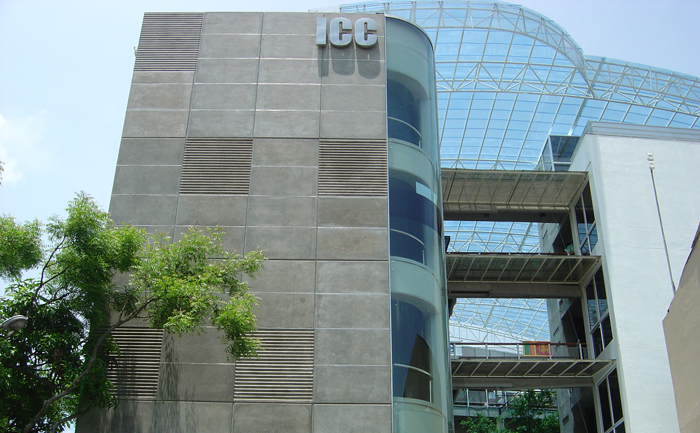The global shift towards sustainable living and environmentally responsible practices is not just a fleeting trend; it’s a monumental transition in every aspect of human activity, with construction being a significant focus. In Sri Lanka, a country balancing rapid urban development with conservation needs, the green construction trend is more than a movement—it’s a necessity and an opportunity for innovation. In this post, we delve into Sri Lanka’s flourishing eco-construction space, looking at the reasons for its rapid ascension, the measures driving progress, and the potential it holds for eco construction solutions.
Importance of Green Construction
Environmental Impact Reduction
Green construction in Sri Lanka isn’t just about erecting new structures; it’s about weaving environmental consciousness into the very fabric of each building. By employing strategies such as efficient use of resources, mitigation of construction waste, and reduction in energy and water consumption, green buildings stand out for their significantly lower carbon footprint.
Energy Efficiency and Cost Savings
The adoption of energy-efficient systems and renewable power sources isn’t merely for sustainability. It’s also about long-term economic prudence. Green buildings, on average, consume 20-30% less energy than traditional ones, resulting in substantial operational cost savings.
Health Benefits for Occupants
The use of natural light, improved air ventilation, and non-toxic building materials contribute to a healthier indoor environment. This enhances the well-being of residents and workers, reducing cases of respiratory issues and other ailments caused by poor indoor air quality.
Government Initiatives and Policies
Sri Lanka’s commitment to green construction is evident in the various policies and programs the government has initiated. This includes the National Policy Framework for Green Building Practices, which sets a clear mandate for the industry to adopt these practices and provides guidelines on how to achieve this goal.
In addition, the government has offered incentives such as tax benefits and rebates for those implementing sustainable building practices, further encouraging the private sector to invest in green infrastructure.
Innovative Green Construction Practices in Sri Lanka
Renewable Energy Sources
The integration of solar power and other renewables is becoming a staple in Sri Lanka’s modern construction projects. Innovations in solar panel technology and their clever incorporation into building designs are becoming increasingly common, offering a dual benefit of reducing the building’s carbon footprint and operational costs.
Sustainable Materials and Construction Techniques
Builders are now opting for materials with a lower environmental impact, such as recycled steel and engineered wood products. Additionally, there’s a growing interest in adopting modular construction techniques that can reduce construction times and minimize on-site waste.
Water Conservation and Waste Management
Efforts to conserve water are integral, given the country’s numerous water-related challenges. Reusing water through greywater systems, collecting and treating rainwater, and employing efficient fixtures contribute to a comprehensive approach to water conservation. Similarly, waste management in green corporate construction emphasizes recycling and reuse, sending minimal waste to landfills.
ICC’s Smart Eco Solutions (Waste Water Treatment & Waste Management)
The International Construction Consortium (ICC) is revolutionizing sustainable construction in Sri Lanka with Smart Eco Solutions, setting a new industry standard for environmental responsibility and efficiency. By harnessing state-of-the-art technology and materials like self-healing concrete and phase-changing materials, ICC is enhancing building durability and resilience while minimizing environmental impact. Plus, their efficient waste management practices through construction waste recycling are paving the way for a greener future.
Challenges and Opportunities
Obstacles to Widespread Adoption
While there is enthusiasm for green construction, there are significant roadblocks. Challenges such as higher initial costs and a scarcity of skilled labor in these specialized techniques can hinder the pace of adoption. Moreover, there may be resistance from those comfortable in traditional construction methods.
Economic Growth and Job Creation
However, the move towards sustainability presents significant opportunities. Sri Lanka’s commitment to a green vision can translate into a leadership role in the South Asian region for eco-construction expertise. Moreover, the retraining and education required for the workforce can lead to job creation and the development of new sustainable industries.
Sri Lanka’s green construction trend is not just a response to global environmental concerns; it’s a proactive strategy for building a healthier, more sustainable future. By leveraging the country’s natural resources and strategic policies, the corporate construction sector is posed to not only become an exemplar in green practices but also a catalyst for economic growth. As stakeholders within the industry, embracing this shift is not just an obligation—it’s the gateway to a future that’s both greener and more prosperous.







